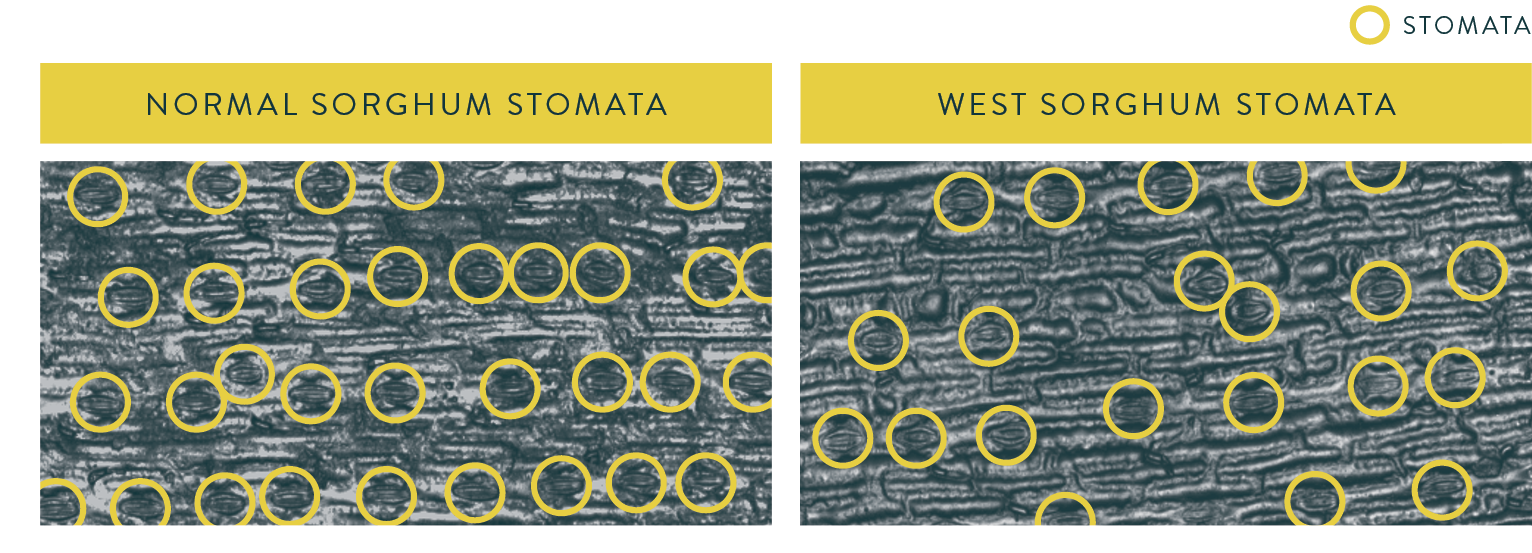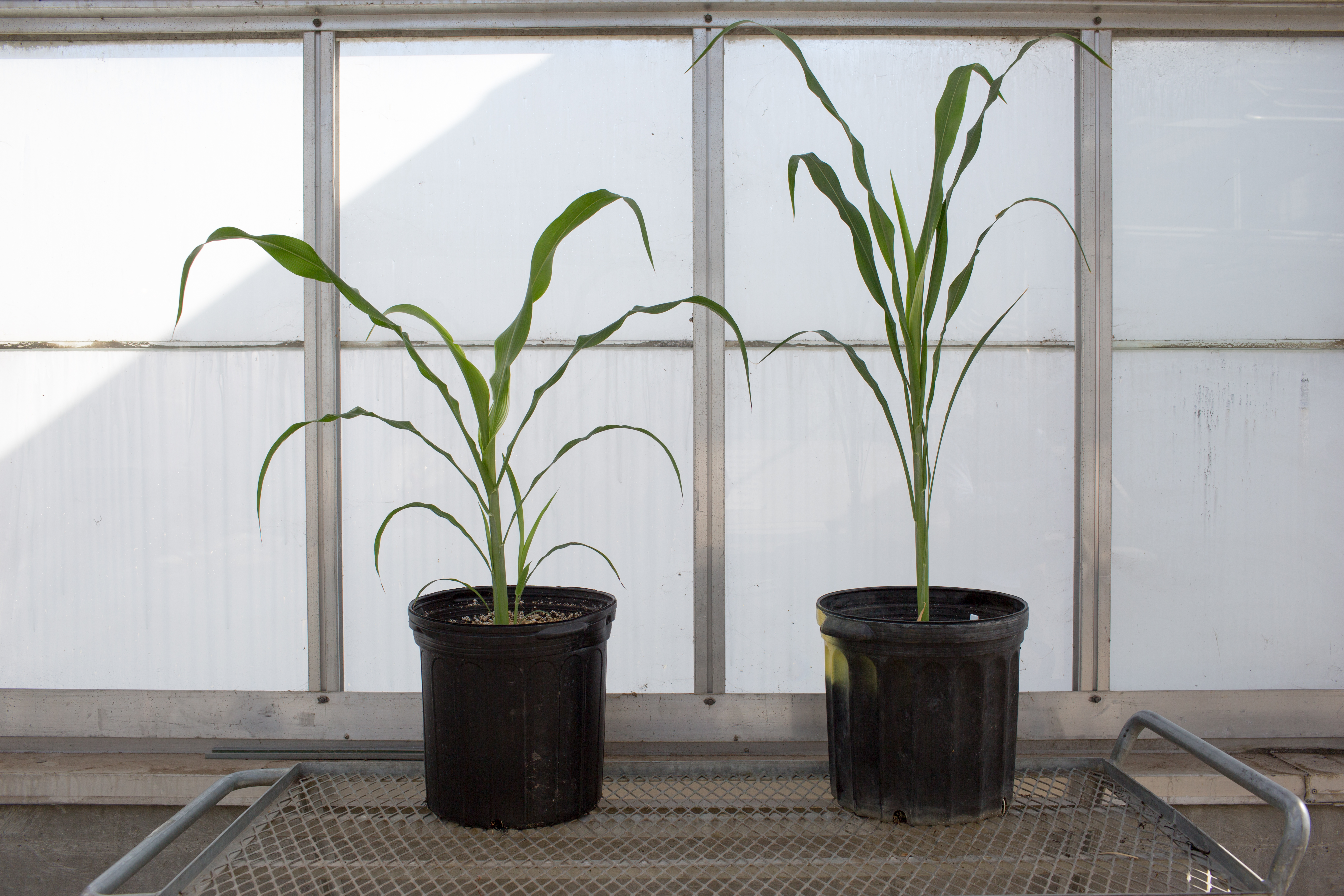ARPA-E showcases advances in bioenergy production, drought tolerance
Water Efficient Sorghum Technologies (WEST) will showcase new advances that dramatically reduce water requirements for crops, while also increasing productivity, at the annual Advanced Research Projects Agency-Energy Energy (ARPA-E) Innovation Summit to be held March 13-15, 2018, near Washington, D.C.
“Water supply is the primary limitation to crop productivity worldwide, and 80 percent of available freshwater is already used for irrigation,” said WEST Director Andrew Leakey, an associate professor of plant biology at the University of Illinois. “We need crops that require less water, but up until now, reduced crop demand for water has come with the penalty of reduced productivity, which is an unacceptable trade-off for the agriculture sector.”
With support from ARPA-E, the project is developing sorghum which loses less water to the atmosphere from its leaves while maintaining high photosynthetic rates. This water-efficient sorghum could expand the crop’s theoretical growing region by millions of acres to increase U.S. biofuel production. The project’s underlying technologies should transfer to other key crops including corn and sugarcane.
“I’ve talked to farmers who are growing sorghum today who worry that they won’t be able to continue growing it a few years down the road,” Leakey said. “These water-efficient crops might be the answer for farmers whose irrigation water supplies are dwindling and for those who are feeling the effects of a changing climate firsthand.”
WEST has already made substantial progress towards realizing crops with improved water-use efficiency, which is the ratio of carbon fixed by photosynthesis to water lost from the leaf through microscopic pores called stomata. The team has evaluated over 850 sorghum varieties to pinpoint traits that can help the plants conserve water.
First, WEST has developed sorghum plants with fewer stomata to improve their water-use efficiency by as much as 25 percent. In a nine-day greenhouse drought study, these plants used less water and avoided wilting from drought stress. This summer, WEST will test for improved performance in the real-world production environment through a drought experiment in the field.

Secondly, WEST has developed more erect sorghum plants by changing the angle of the leaves by 20 to 30 degrees, pictured right below, improving leaf water-use efficiency by 25 percent in the upper leaves.

“Plants evolved widespread, shady canopies to prevent competitors from stealing their resources,” said Don Ort, Robert Emerson Professor of Plant Biology and Crop Sciences. “Now crops need more vertical leaves to conserve water by promoting photosynthesis in the humid lower canopy, which limits water diffusing out of the plant.”
In addition to fortifying sorghum against droughts, WEST is working towards protecting sorghum from the sugarcane aphid, a pest that has decreased sorghum production by as much as 2 million acres in recent years. The project has identified two sorghum lines that are aphid-tolerant while remaining highly productive.
WEST computer models suggest that their improvements to stomata and leaf angle have the potential to improve water-use efficiency by 40 percent. Currently, sorghum plants require 60 centimeters of water throughout the growing season; WEST is working towards producing sorghum that requires as little as 36 centimeters of water.
“We’re excited by these results—and their applicability to other important crops,” Leakey said. “Our goal is to safeguard crops to make global agriculture more productive, resilient and sustainable.”
By: Claire Benjamin | WEST Project